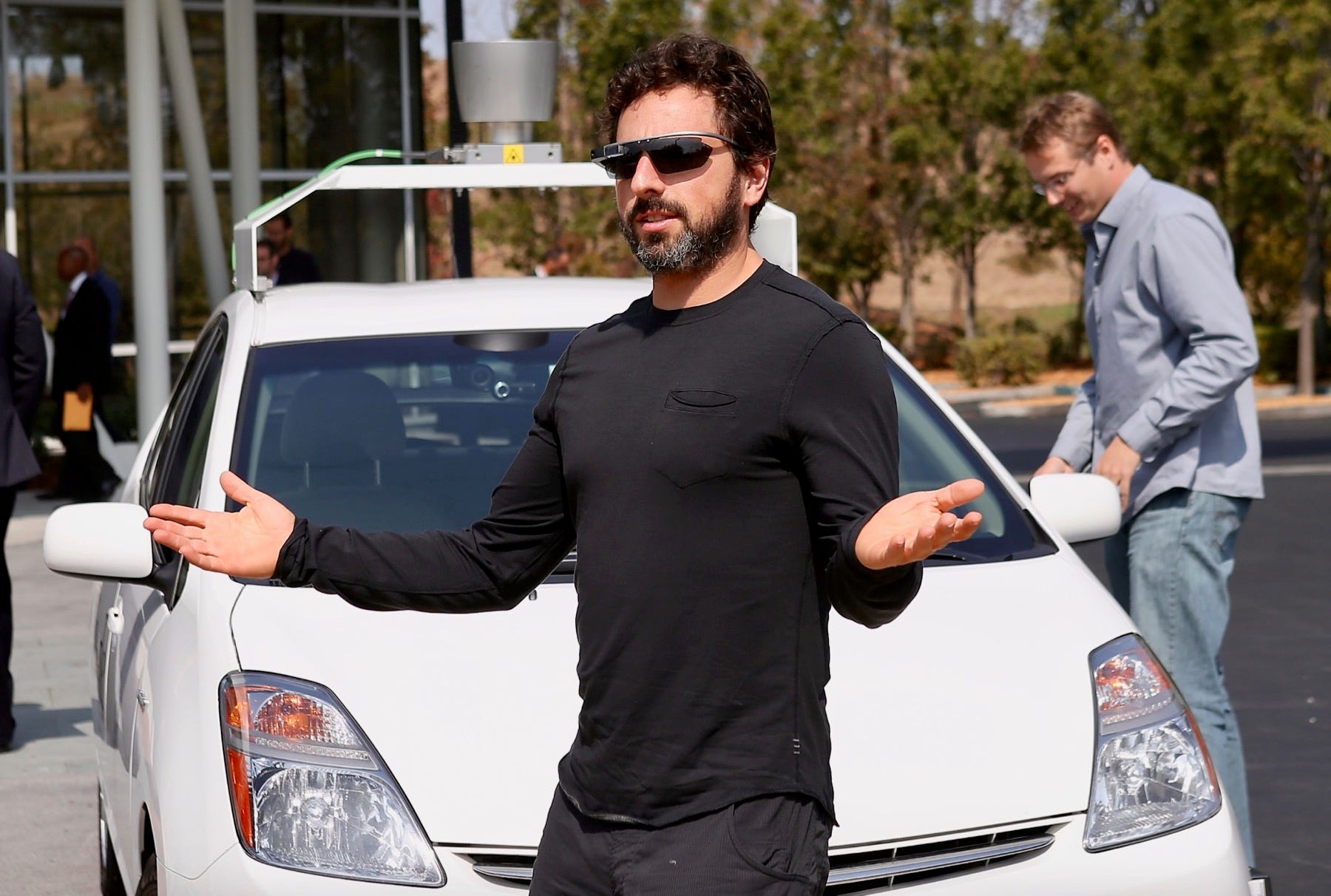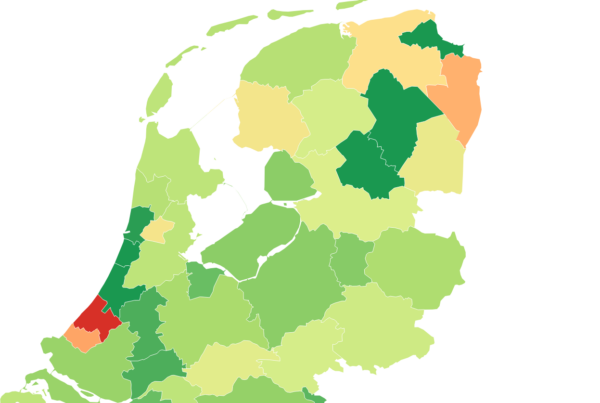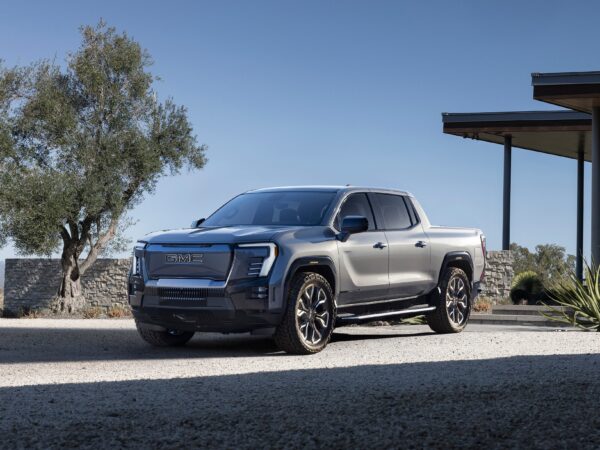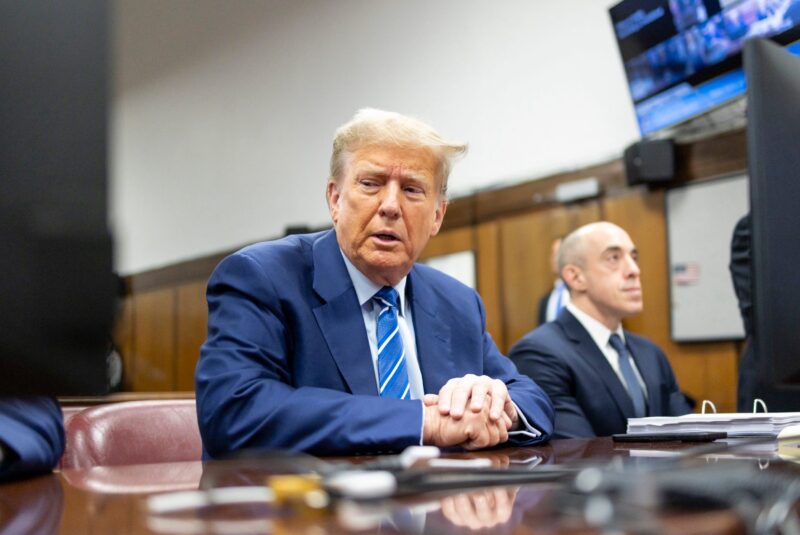- In 2011, core members of Google’s self-driving car project threatened to leave and launch their own startup.
- To get them to stay and to motivate them, Google designed a compensation package that gave them regular salaries, and tied their bonuses to how much value they created.
- That setup made most of the team’s core members into millionaires, but failed to keep them at Google in the longterm.
- Many left to start their own self-driving efforts that now compete with their former employer.
In 2011, Google had a problem. Two years earlier, it had hired a team of about a dozen engineers to create a self-driving car. The team members of what was then called Project Chauffeur (and is now Waymo, a standalone company under the Alphabet umbrella), had made amazing progress.
In their first 18 months of work, the young roboticists had watched their fleet of sensor-covered Toyota Prius hybrids cover more than 100,000 miles on California’s highways. More impressively, they had conquered the “Larry 1K” – a challenge crafted by Google co-founder Larry Page, which demanded the cars navigate a series of 100-mile routes that included some of the trickiest roads in the state. After decades of middling results from the country’s best defense contractors and universities, the Google team had built something that looked like a proper self-driving car.
That success netted the teammates – many of whom became leaders in the field, including Anthony Levandowski, Aurora CEO Chris Urmson, Nuro founders Dave Ferguson and Jiajun Zhu, Kodiak Robotics CEO Don Burnette, and Waymo CTO Dmitri Dolgov – nice bonuses and a blowout party at the Palo Alto home of their leader, Sebastian Thrun. It marked the start of more focused efforts to figure out how to commercialize autonomous tech.










